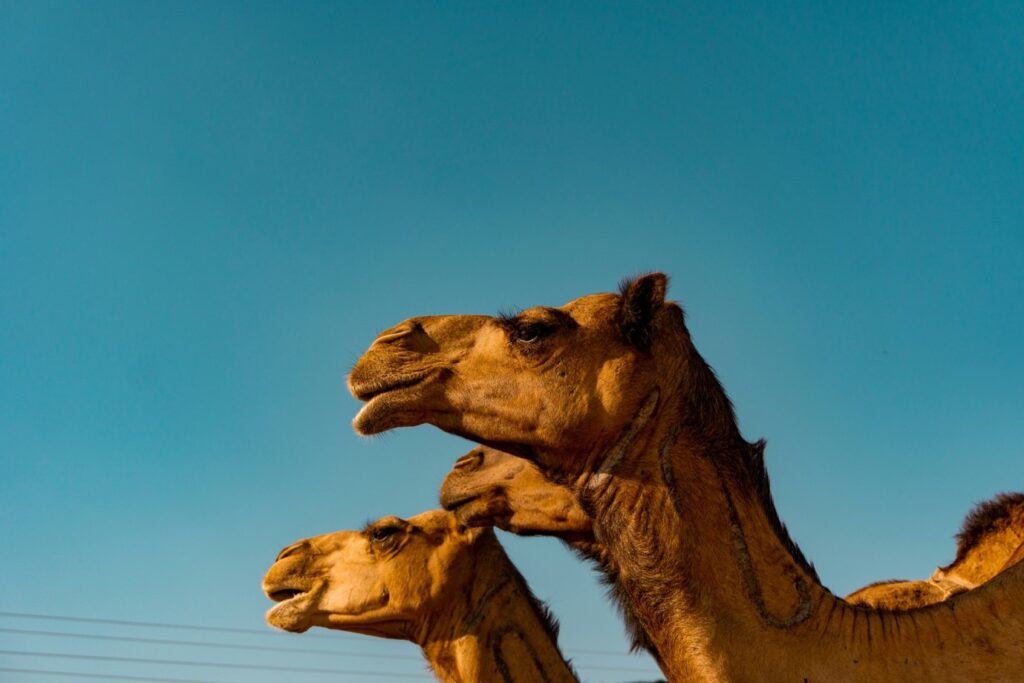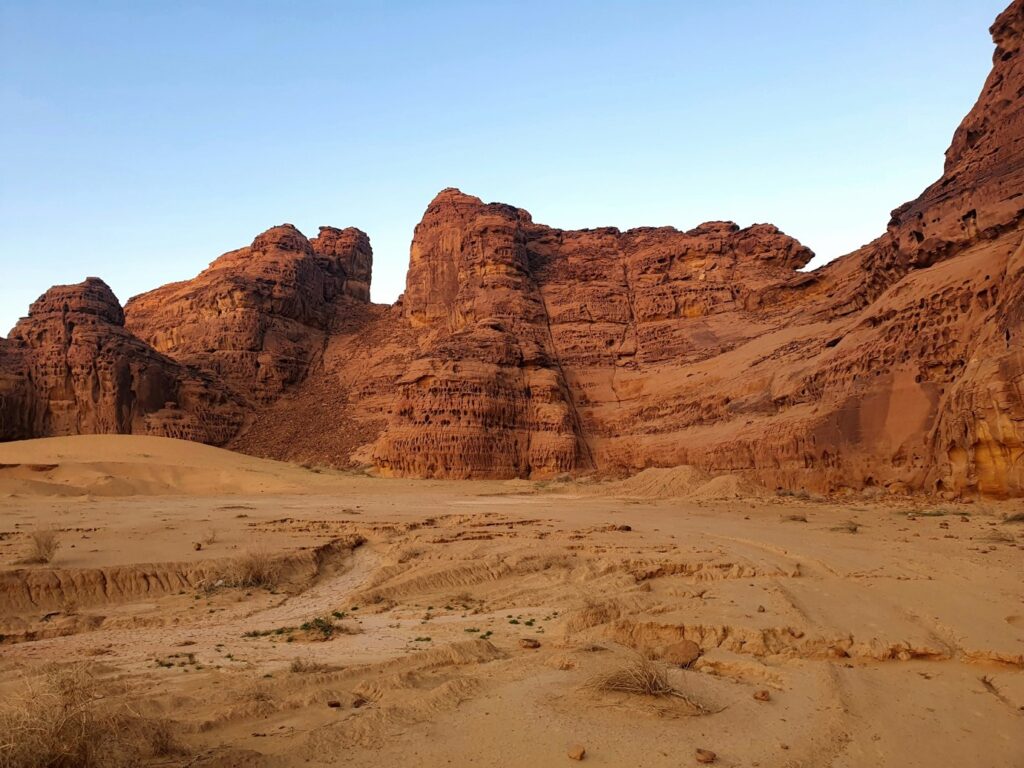Saudi Arabia, a country synonymous with vast desert landscapes, finds itself in a surprising paradox. Despite 95% of its terrain being covered in sand, the kingdom imports both sand and camels. This seemingly counterintuitive scenario highlights unique challenges and unexpected dynamics within the country’s construction and agricultural sectors.
At first glance, it may seem perplexing that Saudi Arabia, with its extensive deserts, would need to import sand. However, the sand in Saudi deserts is not suitable for construction. It is characterized by fine grains and rounded edges, a result of centuries of weathering. This smooth texture makes it challenging to bind with substances like cement, essential for constructing stable buildings and infrastructure.

Construction-grade sand, on the other hand, has angular grains that provide better interlocking and stability when mixed with cement and other materials. This type of sand is often sourced from riverbeds, lakes, and quarries, where the grains are rougher and more angular. As a result, Saudi Arabia imports sand from countries with suitable geological conditions to support its extensive construction projects, including ambitious initiatives like NEOM, the futuristic mega-city.
Camels, an iconic symbol of Saudi Arabian culture and history, are also imported. The kingdom primarily sources camels from Australia, which has the world’s largest population of camels. This importation is driven by several factors, including disease, drought, and political instability in traditional camel-supplying regions like North Africa.
In recent years, camel populations in North Africa have been affected by diseases and environmental challenges, which have reduced their availability and suitability for export. Additionally, political instability in some of these regions has further complicated the reliable supply of camels to Saudi Arabia.

Camels hold significant value in Saudi society not only for their historical and cultural importance but also for their practical uses. Camel milk and meat are staple products, and there is a growing market for camel racing and entertainment. Camel racing, in particular, has seen a resurgence, becoming a popular sport with substantial financial investments in breeding and training programs. This sport, deeply rooted in Bedouin traditions, has evolved into a high-tech industry with robotic jockeys and advanced breeding techniques.
The importation of sand and camels into Saudi Arabia illustrates the complex interplay between tradition, modernity, and environmental necessity. As the country continues to develop its infrastructure and preserve its cultural heritage, these imports are likely to remain integral to its economy.
In the construction sector, advances in material science and engineering might eventually offer alternatives to imported sand, such as synthetic aggregates or innovative binding materials that can utilize local resources more effectively. However, until such breakthroughs become viable, the reliance on imported construction-grade sand will persist.
For camels, efforts to address disease control, improve breeding practices, and stabilize camel populations in traditional regions could reduce the need for imports over time. Additionally, Saudi Arabia may explore initiatives to boost domestic camel breeding programs, ensuring a more self-sufficient supply for the milk, meat, and racing industries.
In conclusion, Saudi Arabia’s importation of sand and camels underscores the intricate balance between leveraging local resources and addressing specific needs that cannot be met domestically. These imports, while necessary, reflect the adaptive strategies of a nation striving to build a modern future while honoring its cultural legacy.
Sources
- https://punchng.com/did-you-know-saudi-arabia-imports-sand-camels/
- https://www.msn.com/en-xl/africa/nigeria/did-you-know-saudi-arabia-imports-sand-camels/ar-BB1nVnS1#:~:text=Saudi%20Arabia%2C%20a%20desert%20country,to%20bind%20with%20other%20substances.
- https://htschool.hindustantimes.com/editorsdesk/knowledge-vine/saudi-arabia-has-to-import-sand-and-camels-heres-why
- https://www.quora.com/Why-does-Saudi-Arabia-import-sand-oil-and-camels




